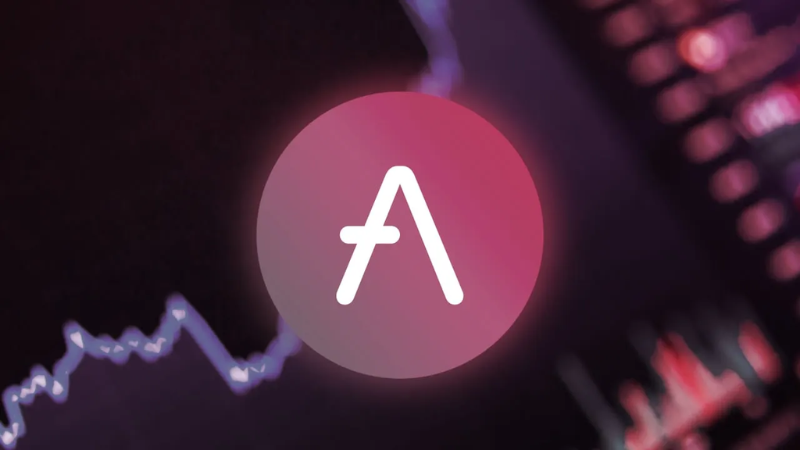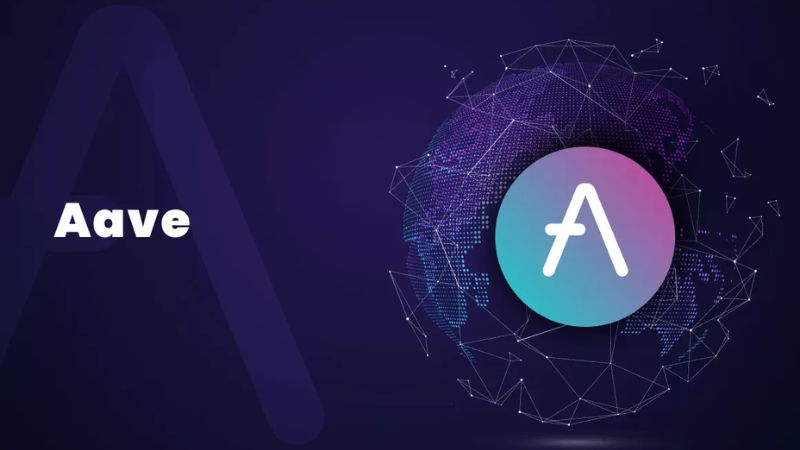Aave, one of the leading decentralized finance (DeFi) protocols, has introduced its decentralized stablecoin to the market, creating a new asset that aligns with the principles of decentralization and financial innovation. Aave’s decentralized stablecoin aims to provide users with a trustless, secure, and scalable stable asset, free from the control of centralized institutions. In this article, Financial Insight Daily will explore What Is Aave’s Decentralized Stablecoin, highlighting its features, how it works, and its potential role in reshaping the future of decentralized finance.
What Is Aave’s Decentralized Stablecoin
Aave, founded by Stani Kulechov, began as a peer-to-peer (P2P) borrowing and lending market, allowing direct connections between users to facilitate the movement of funds. In late 2018, Aave transitioned into a parent company and introduced a suite of new products, including Aave Gaming, Aave Lending, and more. Aave Lending, in particular, evolved into the service that is now synonymous with the Aave brand.
Rather than sticking to traditional P2P lending, Aave innovated by utilizing pool-based lending. In this model, lenders deposit their assets into a pool, and borrowers can borrow from that same pool. This structure has been developed and improved through Aave V2 and V3, adding new features like isolated pools to better manage risks, high-efficiency mode to maximize capital efficiency when borrowing against identically-pegged assets, and cross-chain borrowing and lending through Aave’s Portal. These features, combined with Aave’s early lead in the DeFi space, helped it grow into the fourth largest DeFi DApp, playing a crucial role in the entire DeFi ecosystem.

What Is GHO?
GHO is an overcollateralized stablecoin issued by Aave, derived from the word “Ghost”. Like most stablecoins, GHO is minted as a loan against assets deposited by users into the protocol, in this case, Aave V3. GHO is set to launch first on the Ethereum Mainnet, as the Ethereum V3 pool currently has the most extensive risk-mitigation features. However, various Facilitators (protocols or entities) will be able to trustlessly mint and burn GHO, subject to approval from Aave Governance.
Users can mint GHO using a diversified set of collateral available on Aave V3, with the amount they are allowed to mint being limited by the collateral deposited. Similar to traditional loans, if the collateral falls below the specified liquidation threshold, the collateral is liquidated by Aave to repay the loan. If the user is not liquidated during the duration of the loan, they will repay the GHO and accrued interest to unlock their collateral, which can then be removed from the pool. The GHO repaid is then burned by Aave. Unlike other assets borrowed from Aave, where interest earned is paid out to asset suppliers, interest paid on GHO loans is funneled to the Aave DAO Treasury.
With the current GHO design, GHO’s price is hardcoded on Aave at $1. This allows GHO to maintain its peg through arbitrage opportunities. When GHO trades above $1, users are incentivized to mint GHO as $1 of collateral yields 1 GHO, which is trading for more than $1. They can then sell off the GHO for a profit. At the same time, this increases the supply of GHO, pushing its price back to peg. Conversely, when GHO trades below $1, borrowers of GHO are incentivized to buy GHO from the open market to repay their loans. This allows them to clear $1 of debt for less than $1. This move also reduces the supply of GHO, pushing the price of GHO higher.

What Does This Mean For Aave?
The introduction of GHO borrowing fees will create a new revenue stream for the Aave ecosystem. These borrowing fees will be paid to the Aave DAO Treasury, which in turn allows the DAO to fund and implement new features for the Aave platform. This is especially important during a bear market, as the Aave DAO Treasury is used to pay developers and support ongoing protocol development. Therefore, a larger treasury ensures a longer runway for the protocol, helping to sustain its operations and growth even during market downturns.

Aave’s decentralized stablecoin, GHO, represents a significant step forward in the DeFi ecosystem. By leveraging overcollateralization and innovative mechanisms such as arbitrage opportunities to maintain its peg, GHO offers a unique and decentralized alternative to traditional stablecoins. With its integration into the Aave protocol, GHO creates a new revenue stream for the Aave DAO Treasury, ensuring long-term sustainability and growth, even during market downturns. As Aave continues to innovate and introduce new features, GHO’s role in reshaping decentralized finance will likely become more prominent, further solidifying Aave’s position as a leader in the DeFi space.
